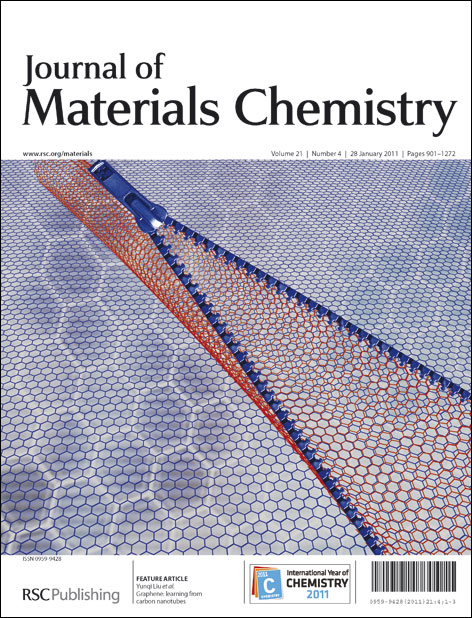We report a facile and rapid approach for the fabrication of CdTe-embedded hydrogels and the selective sensing of these hydrogels toward different analytes. We first synthesized N-acetyl-L-cysteine (NAC)-capped CdTe nanocrystals (NCs) via a microwave-assistance method. Then, taking advantage of frontal polymerization (FP) for fast and easy handling, we facilely prepared CdTe/poly(N-methylolacrylamide) (CdTe/PNMA) and CdTe/poly(N-methylolacrylamide-co-dimethyl diallyl ammonium chloride) (CdTe/poly(NMA-co-DMDAAC)) fluorescent hydrogels. A variety of features for the preparation of CdTe-embedded hydrogels, such as the initiator, solvent concentrations and the ratio of different monomers were thoroughly investigated. The spectroscopic studies reveal that the CdTe-embedded hydrogels prepared via FP exhibit high quantum yield and excellent photoluminescence (PL) stability. By measuring the change in PL properties of the samples, we found that the CdTe/PNMA hydrogels are responsive to different kinds of heavy metal ions, and the CdTe/poly(NMA-co-DMDAAC) fluorescent slices exhibit fluorescent sensing toward organoamines.

You have access to this article
 Please wait while we load your content...
Something went wrong. Try again?
Please wait while we load your content...
Something went wrong. Try again?


 Please wait while we load your content...
Please wait while we load your content...